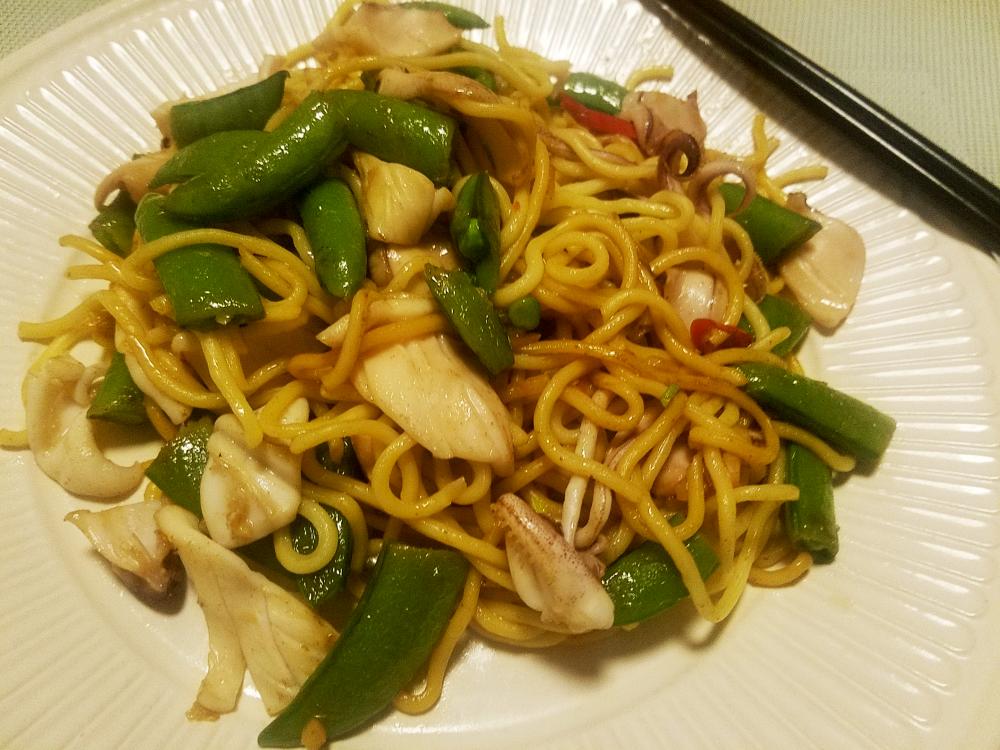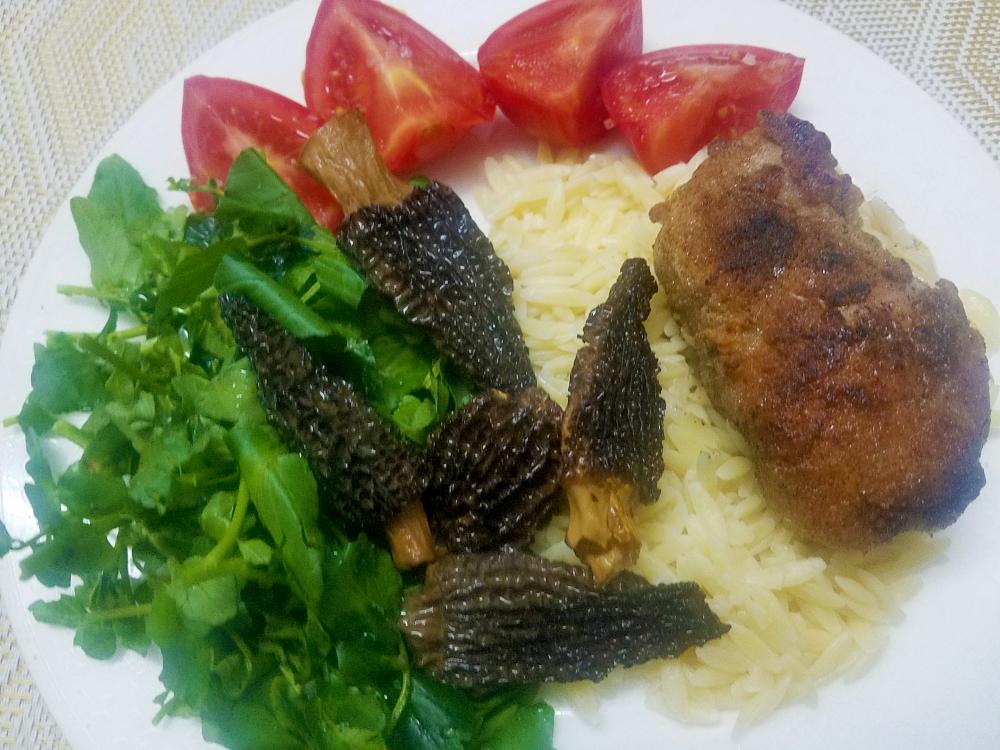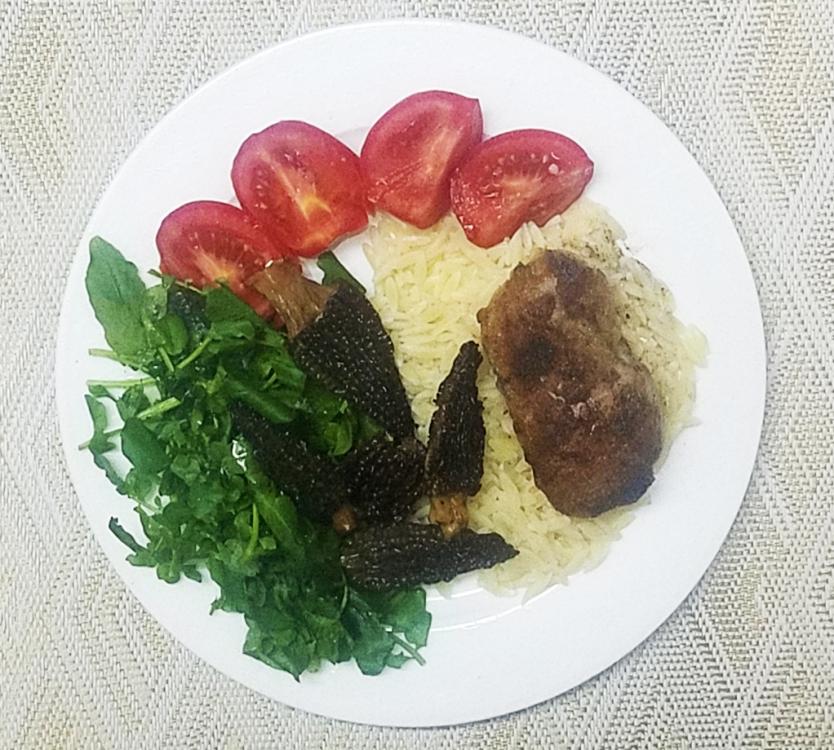-
Posts
16,731 -
Joined
-
Last visited
Content Type
Profiles
Forums
Store
Help Articles
Everything posted by liuzhou
-
Tastes vary. (That's the second time I've typed that sentence today.)
-
I woke up with a hankering for Laphroaig.
-
A few years ago, I went through a short but irrational phase of eating these. I may even have posted them here. I guess they still have them; I never go down that aisle anymore. Crisp chemicals sums it up. (Sorry. I have a rational linguistic objection to 'crispy'.)
-
Squid and snow peas or sugar snap peas is a popular pairing in China. I've never seen them with stir fried noodles, though - until now. And why not.
-
According to all my pronunciation guides, 'crappie' and 'crappy' are pronounced the same. But I've never encountered the species. It is North American. I've eaten crappy fish, though. Unfortunately.
-
Carp is often misspelled as crap on translated menus here. There are those who think that it is a fair assesssment. I only half agree.
-
That fish has such an unfortunate name.
-
It wasn't in his name, for obvious reasons, so difficul to track down.
-
Actually 'tartar' looks wrong to me, too. Call us strange, but we British and other Commonwealth countries call it 'tartare' sauce - from the French term from which it is derived - sauce tartare. Just one of the many differences which divide us!
-

Revealed: seafood fraud happening on a vast global scale
liuzhou replied to a topic in Kitchen Consumer
and it continues. Canada declares fish fraud crackdown but leaves out restaurants Restaurants are the easiest to befuddle consumers. How often do you actually see the whole fish in a restaurant before you see the actual dish? - even if you could 100% certainly identify it. -
-
"Uncle Roger' reviews Nigella Lawson Funny but accurate!
-
I could get your point if the comma wasn't there.
-
Just out of interest I looked to see usage here on eG. A few minutes ago, there were 1,928 mentions of 'restaurateur' and 957 of 'restauranteur'. So, it is wrong almost exactly one-third of the time. Oh dear!
-
How the Black Death Gave Rise to British Pub Culture For centuries-old bars, a pandemic is nothing new. Here.
-
...go ahead and... Yesterday, I watched a YouTube video (I know. What was I thinking?) and the 'presenter prefaced every verb with this utterly meaningless phrase. "To start we will go ahead and cook the rice. First, we go ahead and and boil some water, then go ahead and add the rice. Go ahead and add some salt then go ahead and reduce the heat to a simmer. When the rice is ready go ahead and drain it." Apart from the awful rice-making technique, the repetition of that phrase was driving me insane! It means nothing. Remove it and the meaning remains exactly the same. This was a particularly ridiculous overuse of a rendundant phrase (she said it twenty-seven times in an eight minute video), but I have noticed how often people use it. Go ahead and stop it!
- 300 replies
-
- 10
-

-

-

-

-
Mafia fugitive caught after posting cooking show on YouTube I've long thought most of the egotists who post their dreadful cooking videos on YouTube should be locked up, but this isn't what I meant! I wonder what he was making? I hate to promote stereotypes, but spaghetti with razor blade garlic?
-
If the recipe is on another website, you can link to that site. What you can't do is copy the recipe and post it directly here.
-
150 watts is certainly at the lower end of their product range. Mine (which I love) is 250W, but they go up to 350W. Can't help you with oats, but yes, I thnk you need a more powerful verison.
-
I buy both coconut milk and coconut cream here. Imported from Thailand. Definitely different. There is no way anyone should confuse coconut water with the other two!
-
That is a little naive. Just because they are on television doesn't mean they are linguists or even experts in any particular field. They are just reading a script to the best of their knowledge. A lot are just hired for their looks! People on television; educators; chefs mispronounce words all the time. Half the restaurateurs in the world can't pronounce restaurateurs. Television pros, especially in news, get new words thrown at them every day. Can you pronounce my eGullet name correctly? I very much doubt it.
-
I think that's a bit unfair. How well can you pronounce dish names in languages you don't know? I hear people mangling Chinese food names every day!







